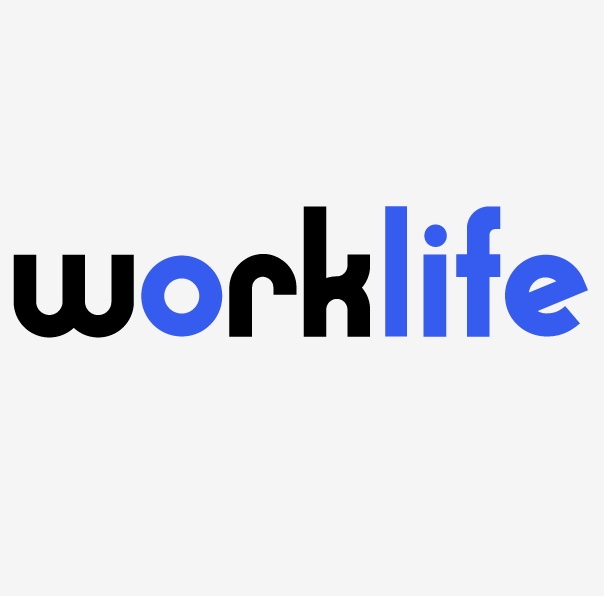One of our avid readers writes in and asks:
Dear Mark and Bill:
My boss just put me in charge of figuring out how to reopen our offices in New York and New Jersey. What a dope he is. I’m just an Accountant. It’s gonna take a really careful, methodical, risk averse kind of guy to put this together not a living on the edge guy like me. I thought I was scared last week, but now I’m having night terrors with a side order of petrified. There’s so much to think about and know with all the different rules in each state and so many initials like OHSA, CDC, FFCRA, EFMLEA, ESPLA, CARES and PPP. Speaking of PPP, can you please help me before I start wetting the bed?
Bob from Accounting.
Why yes Bob, we can help you with reopening protocols. And you’re correct, there’s a lot to consider. Before we get started though, if you have a PPP loan, think of this alert as a Cracker Jack Box. Read to the end and you’ll get a prize.
Ok Bob, you’ll first need to determine when your business will be allowed to open. And the timing in NY and NJ will likely be different.Who Can Open and When?
NYS has 7 metrics that each of 10 regions must meet before starting a 12 step plan with Step 2 having 4 phases. You see Bob, this is perfect for a numbers guy like you. When NYS announces your region can reopen, Step 2, Phase 1 businesses, including construction, manufacturing and select retail with curbside pickup, can restart. Phase 2 includes law firms and after that, blah, blah blah. The rest of the phases are here. Step 3 outlines precautions that businesses need to take, which we will discuss in detail below.
New Jersey has 6 Principles (Cuomo has 7) that must be met for reopening in what the Governor announced today would be 4 stages. But remember NJ is different because the shutdown was not 100% airtight. Only non-essential retail, personal services (our hair is getting long but we’re just glad to have it at our ages), gyms, schools and eat-in restaurants/bars were shut. All other businesses were required to limit the workforce to only those necessary. Today Murph announced we’re already in Stage 1 (thanks for telling us) and while it’s not clear what that means, we do know that unlike his predecessor, he won’t have the beach to himself this weekend. So like the real Boss says, down the shore everything’s alright. There are no dates associated with the 4 Stages but we know that Stage 2 includes additional work activities, outdoor dining and limited personal care (like half a haircut Phil?). What Protocols to Implement?
Next, you’ll also need to decide what protocols to implement for the safe return of employees. Let’s start with the law. We take you back to what we first wrote on March 3, 2020, before we all took to hiding:
We start with the most basic mandate for employers under OHSA, which is to provide “a place of employment…free from recognized hazards that are causing or likely to cause death or serious physical harm to …employees.” We couple that with the EEOC’s counsel that “[d]uring a pandemic employers should rely on the latest…CDC…assessments.”
That means employers are obligated to take certain steps to make the office as safe as possible. Suddenly, that open office design appears more likely to breed bacteria than collaboration. Here’s a combination of what the CDC and OSHA say employers must do, what you’re permitted to do, and our suggestions mixed together:
- Require all employees to be tested for active virus before returning;
- Provide face masks, gloves and hand sanitizer for all;
- Require thermal temperature scans of anyone entering the workplace;
- Require employees to complete a questionnaire about their potential exposures to the virus;
- Attempt to create distance between work stations of at least 6 ft. for those in open areas;
- Install plexiglass around reception desks and low workstations;
- Minimize in-person meetings and allow some participants to call or Zoom in even if working just down the hall;
- Install or ask landlords to install high efficiency air filters and increase ventilation rates;
- Reduce touch points with occupancy sensing light switches and automatic doors;
- Establish one-way halls so you can feel like you’re at the supermarket in your office;
- Prohibit sharing of offices, phones, computers, and other equipment;
- Establish a nightly and workday cleaning protocol that includes the use of cleaning solutions that kill SARS (identified by the CDC and EPA) and be sure it includes door handles and other frequently touched services.
Normally, employers can’t require medical tests unless job-related. During the pandemic, testing for the active virus and temperature scanning is allowed. Testing for the anti-body is not. Why? Because the EEOC and CDC say the FDA claims it violates the ADA. Got it? We can translate if you need. We’re just grateful they’ve invented new ways to take temperature since we were kids.
We know that some employees are apprehensive to return to communal working. Ours have said, if we never see you 2 again, it will be too soon. We think they’re just nervous. It’s worth considering these protocols:
- Create alternating schedules so no more than 50% are in the office on the same day
- Stagger arrival times to avoid crowds in lobbies or near time clocks, especially if taking temperatures
- Shut down kitchens so no coffee machines for less touching stuff and crowding
- No more birthday cakes (can you believe how often we ate them after our co-worker spit blew on it?)
And how ‘bout them elevators? Some landlords are marking spaces for people to stand and like musical chairs, if there’s not one for you, then you are out. Lower capacity elevators is also a good reason to stager start times.
Remember it’s important to distinguish between employees who are just nervous to come back and those with conditions identified by the CDC that make them vulnerable to the virus. Those employees may have legal protection and might be entitled to a “reasonable accommodation.” If they have already been effectively working from home, it’s going to be tough to prove that allowing them to stay there is not reasonable. But under the ADA, the employee is not entitled to their favorite accommodation–reasonable works both ways. So employers, as alternatives to continuing remote work, can provide space away from others, an air purifier, more PPE or an off-hours schedule to minimize contact with co-workers.
These protocols should be in writing for two reasons. First, we hope they will reassure your employees. And secondly, we may need them to prove that you complied with OSHA guidance in case you have employees who bring claims that you forced them to return to unsafe conditions, or in the event an employee gets the virus after returning. We can help with the drafting.
So Bob, we know Governor Murphy was thinking of you last week when he enacted a new law that allows the delivery of mixed drinks right to your front door. Now, while waiting on the porch for that Amazon box of toilet paper and Yodels, you can be in Margaretville. The PPP Prize
Finally, the PPP prize that you’ve all been waiting for. Drum roll: This weekend, Treasury released the Forgiveness Application. So you’ll finally know if it’s actually free money or you’re going to prison. Good luck. Let us know. We’ll visit.









